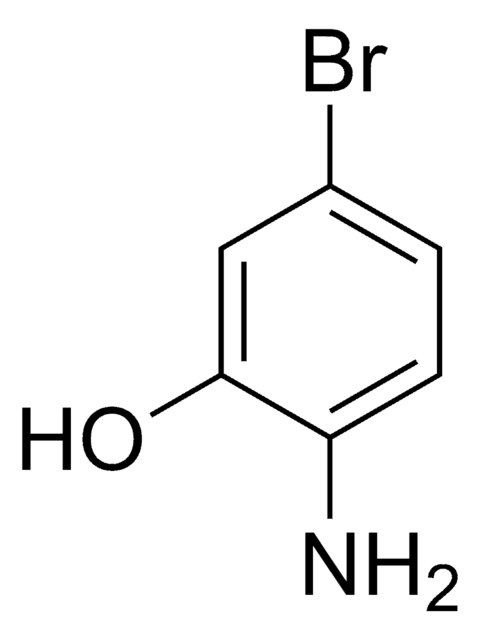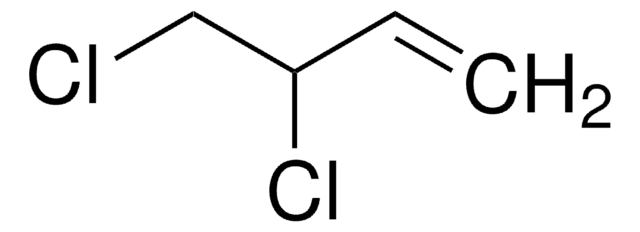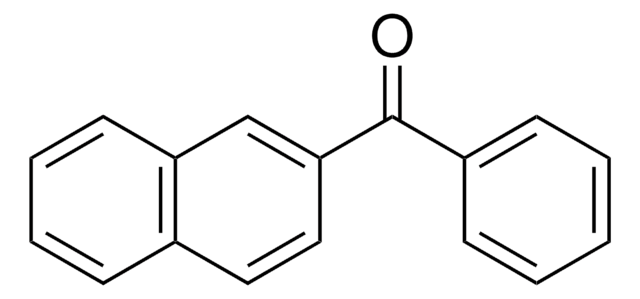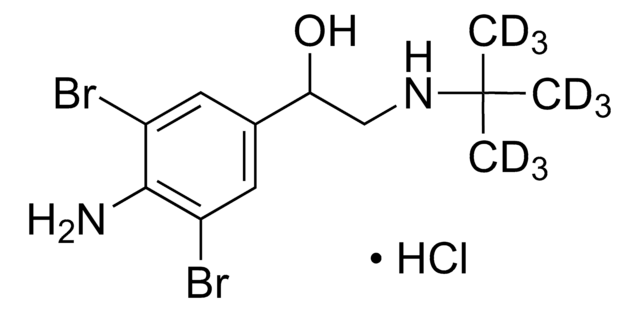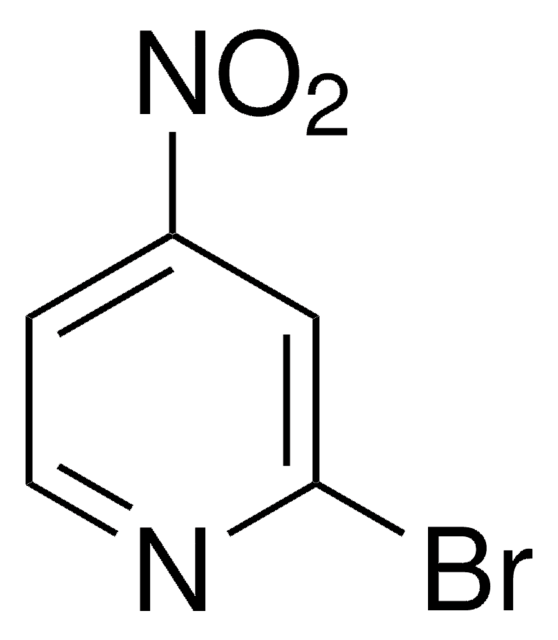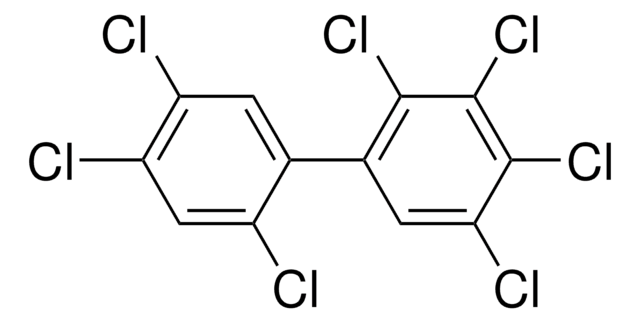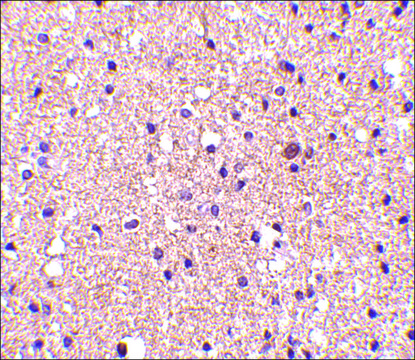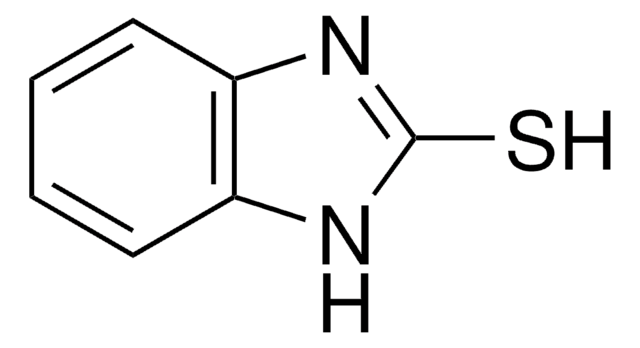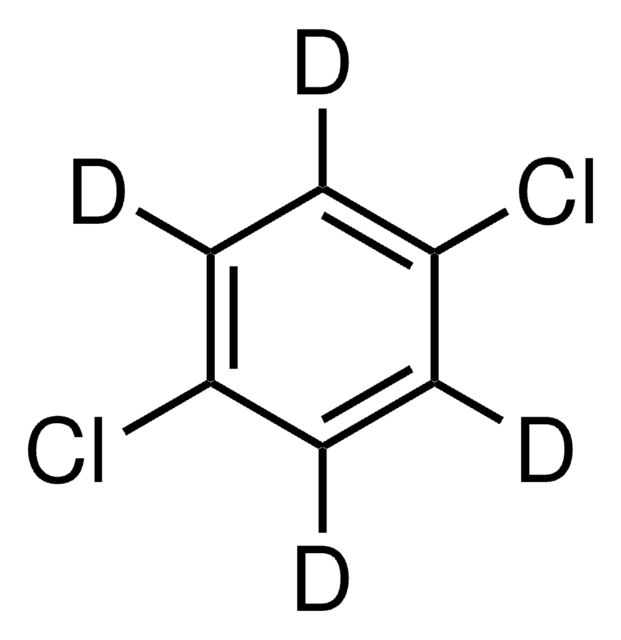All Photos(1)
About This Item
Linear Formula:
Cl2C6H2(NO2)NH2
CAS Number:
Molecular Weight:
207.01
EC Number:
MDL number:
UNSPSC Code:
12352100
PubChem Substance ID:
NACRES:
NA.22
Recommended Products
Assay
98%
mp
101-103 °C (lit.)
SMILES string
Nc1c(Cl)cc(Cl)cc1[N+]([O-])=O
InChI
1S/C6H4Cl2N2O2/c7-3-1-4(8)6(9)5(2-3)10(11)12/h1-2H,9H2
InChI key
IZEZAMILKKYOPW-UHFFFAOYSA-N
Application
2,4-Dichloro-6-nitroaniline was used to design a faster-reacting, more intensely fluorescent pH probe based on rhodamine spirolactam structure.
Signal Word
Danger
Hazard Statements
Precautionary Statements
Hazard Classifications
Acute Tox. 1 Dermal - Acute Tox. 1 Inhalation - Acute Tox. 1 Oral - Aquatic Chronic 2 - STOT RE 2
Storage Class Code
6.1A - Combustible acute toxic Cat. 1 and 2 / very toxic hazardous materials
WGK
WGK 3
Flash Point(F)
Not applicable
Flash Point(C)
Not applicable
Personal Protective Equipment
dust mask type N95 (US), Eyeshields, Gloves
Regulatory Information
新产品
Choose from one of the most recent versions:
Already Own This Product?
Find documentation for the products that you have recently purchased in the Document Library.
C J Li et al.
Zhonghua yu fang yi xue za zhi [Chinese journal of preventive medicine], 24(6), 338-340 (1990-11-01)
Three new chemicals, N-acyl glutamic acid as a stroma of cosmetics, an eye drops for myopia and 2, 4-dichloro-6-nitrophenylaminate (DCNP) as a new herbicide were evaluated with the eye irritation test. Japanese young rabbits were used, the right eye for
William L Czaplyski et al.
Organic & biomolecular chemistry, 12(3), 526-533 (2013-11-30)
Fluorescent turn-on probes based on a rhodamine spirolactam (RSL) structure have recently become a popular means of detecting pH, metal ions, and other analytes of interest. RSLs are colorless and non-fluorescent until the target analyte induces opening of the spirocyclic
Our team of scientists has experience in all areas of research including Life Science, Material Science, Chemical Synthesis, Chromatography, Analytical and many others.
Contact Technical Service